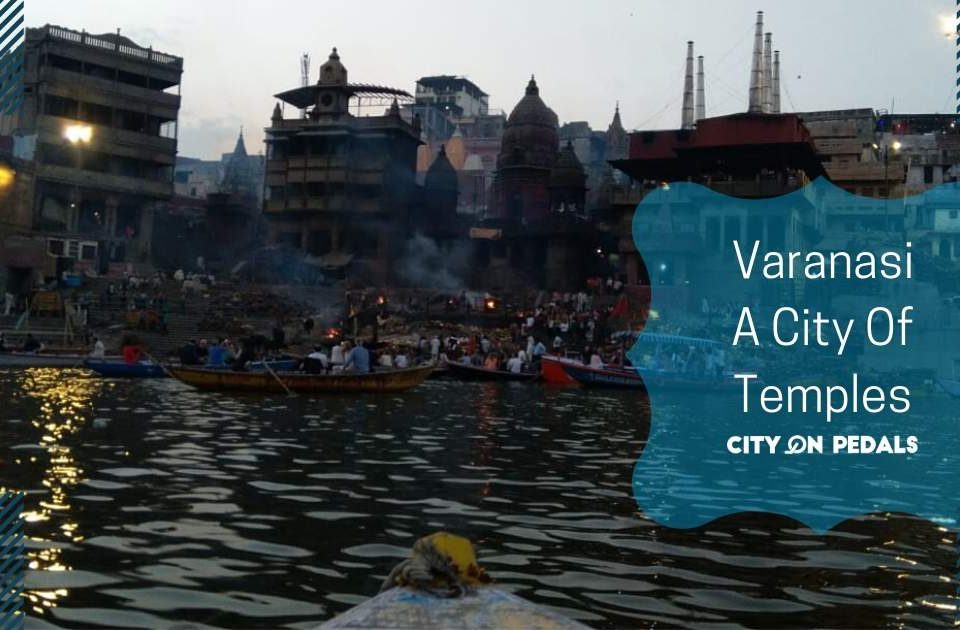- Use promo code "CPT10" & get 10% off on tours
- traveldesk@cityonpedals.com
Bagru – Rajasthan’s Block Printing Technique

We have given in detail about the Block printing and its technique in our initial blogs – Block Printing, History And Importance and the other blog is the Importance of Rajasthani Block Printing wherein we have given in detail about the oldest fabric printing method that still has its roots in India, China, and Japan.
One such method is the Bagru technique of Block printing which is peculiar to the state of Rajasthan and uses some natural colors for curating the same. Indians were among the pioneers in the art of dyeing and printing with fast (natural) colors in the world. Hand block printing has been recognized as an old craft that is here through generations in different clusters in the country. Each group follows its distinctive style & methods, uses some locally available natural materials and motifs that make them different from others. ‘Bagru’ print is that kind of centuries-old traditional art of hand block printing that is still alive.

In India, one such place that is keeping this tradition of block printing alive is Rajasthan. The state has a small peculiar village in its interiors by the name of Bagru that is only popular for keeping alive the three-centuries-old tradition of printing. The unique and splendid efforts of artisans of using these wooden blocks in their own peculiar way and uses indigenous methods of printing are known as “Bagru printing”.
History Of Bagru Printing
Though we do not have any authentic records for proving how old this technique is but still through various readings and excerpts it is believed that this technique is some 450 years old when this art was actually introduced by Chippa community who migrated from Sawai Madhopur (Alwar) and got themselves settled in Bagru. These groups of people were so settled in this area that people have started identifying that area with their name and later on it is still called Chhippa Mohalla (Printer’s Quarters) located by the Sanjaria riverside. Chippa literally means people who stamp or print. So these people got settled near this riverside like any other nomads and carried a livelihood for themselves. The abundant clay at the riverside provided them with the main ingredient of their painting. The artisans smear the cloth with Fuller’s earth got from the riverside and then dip it in turmeric water to get the beige colored background. After that, following the other steps, they stamp the cloth with beautiful designs using natural dyes of earthly shades.
Well, the above was one interpretation of the story. If you talk to another group of people, they have different stories to share how these Bagru prints came into existence. It is believed by them that the Thakur of this village want to make this village the center for Bagru prints so he brought two families of printers from Isarda, a village near Jaipur. Since these families were known as Chippa, locally, so they established themselves here on the riverside by taking sand as their core ingredient and forming some intrinsic patterns which made this art famous in Rajasthan.
As far as stories are concerned, we would be okay with both because ultimately it has given the state fame to cherish in the world so much so that the Chhipa mohalla is considered as the hub of hand block printing in Bagru where one can be able to see various colors of fabric hung on terraces.
Process Of Bagru Block Printing
It is a labor-intensive process that requires a lot of skillfulness, time and tolerance power of artisan. The wooden blocks of teak-wood are used for printing the design which is soaked in oil overnight and then washed before putting it to use. These collections of the block are considered to be the actual wealth of Chhipa’s that they have collected over a period of time. The fabric is then soaked in Fuller’s earth and then dipped into turmeric water to get a tone of yellow color. The cloth to be printed is soaked in the solution of clay and other chemicals to make the fabric soften and then dried before used for printing. Neat stamping is foremost to get the appealing prints.

Then the dyed fabric is stamped with the beautiful designs known as blocks. The base color of the fabric is usually the dull shades such as white, cream and beige and natural colors. After printing, the cloth is left for drying in the sun for a final touch-up. Different types of motifs used in Bagru printing are Aath Kaliya, Chopard, and Kamal.
As Jaipur is famous for the art when on a Tour to the Royal city, take a look at any authentic hand block-printed fabric and you will realize the minuteness of the work involved. The human touch is evident due to the presence of minor imperfections that are otherwise omitted by the machines. But one can apparently appreciate the efforts of the artisans that goes into every stage of creating a hand block printed fabric. Thus, hand block-printing is an environmentally friendly art that deserves appreciation and recognition, and one that showcases the beauty of nature at its best. Being in the city of Jaipur, you may shop for these authentic pieces of art for yourself.






